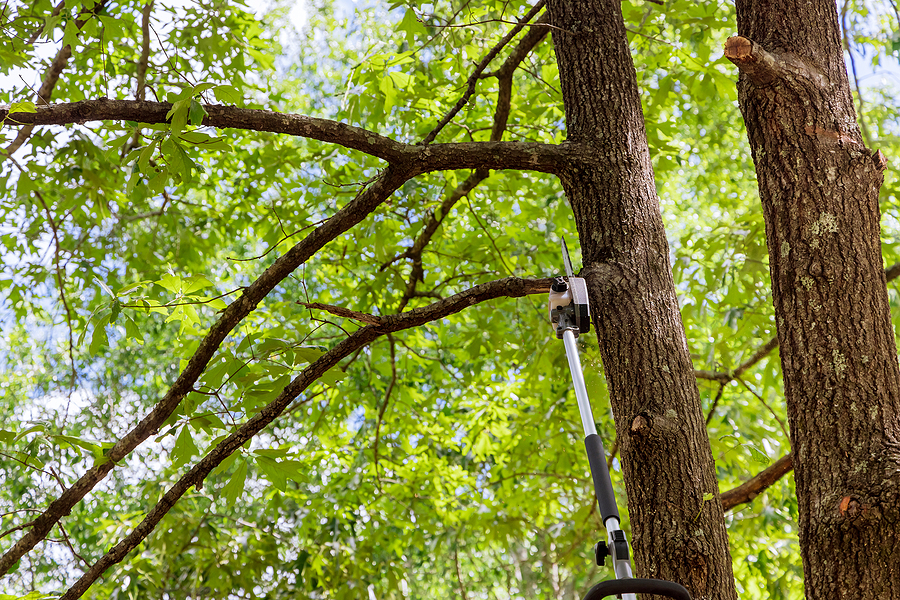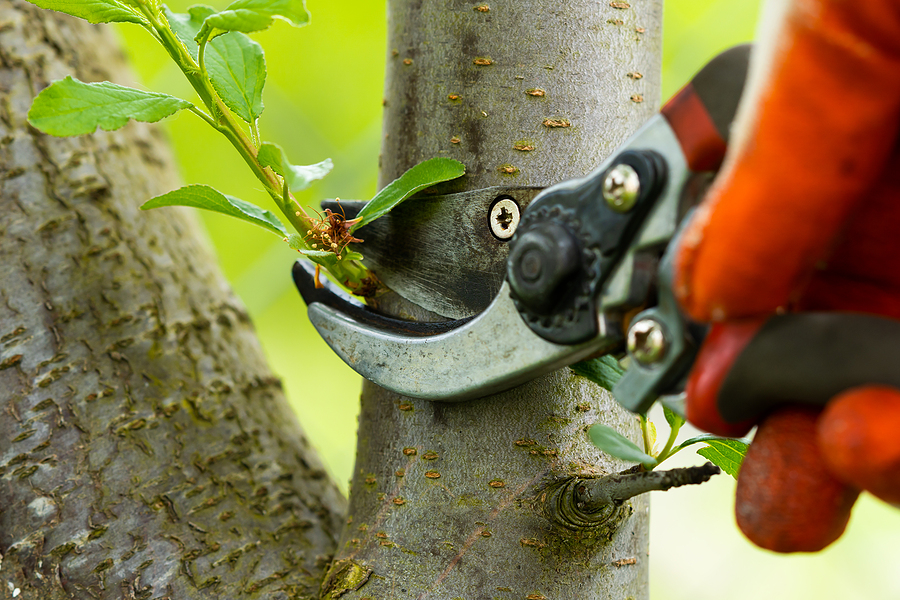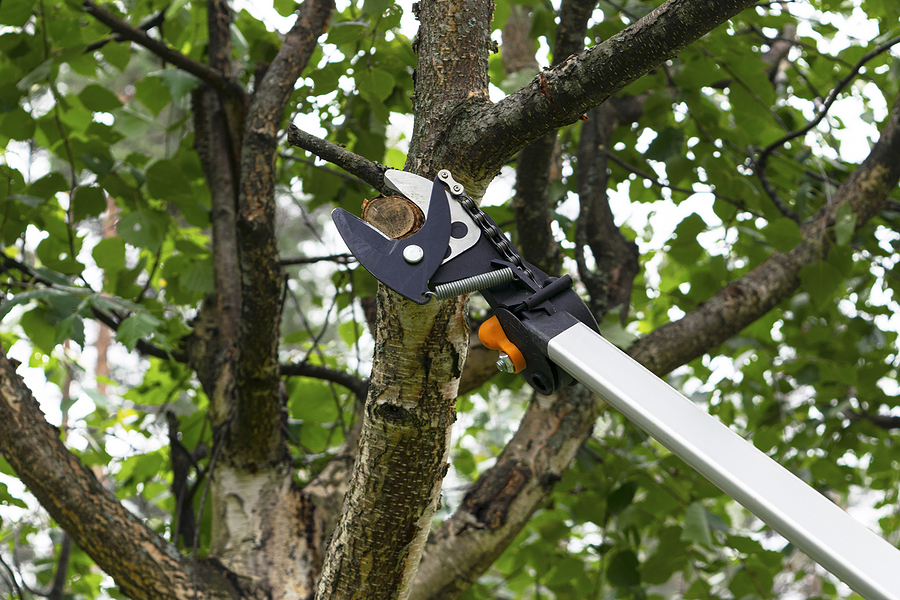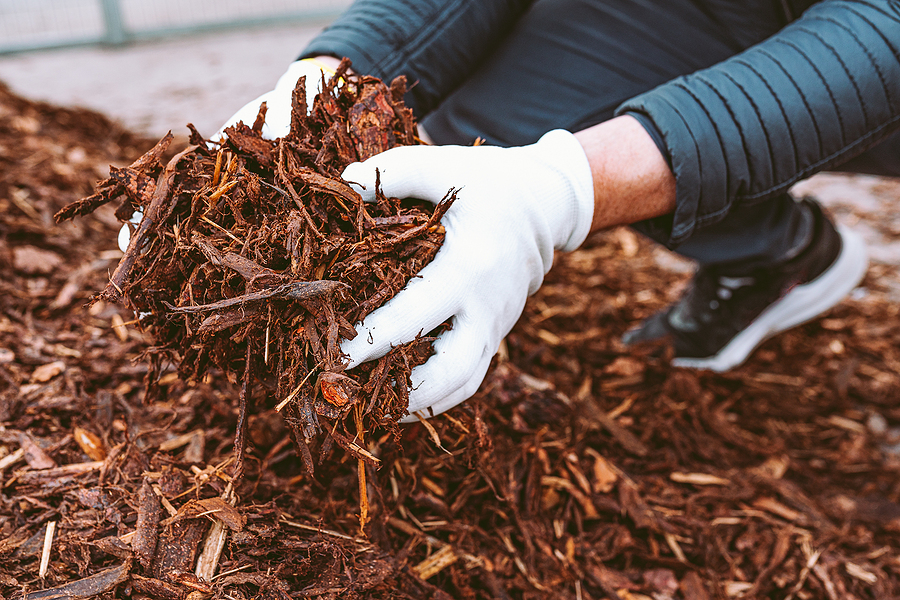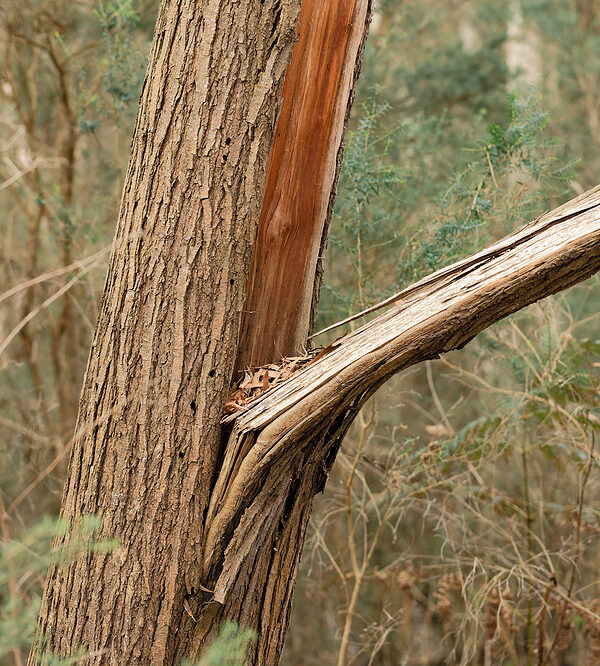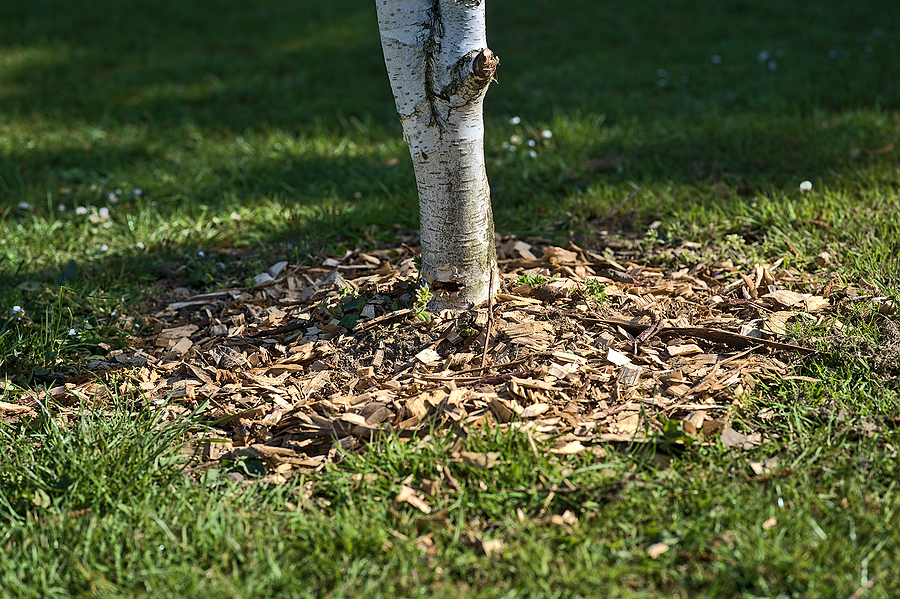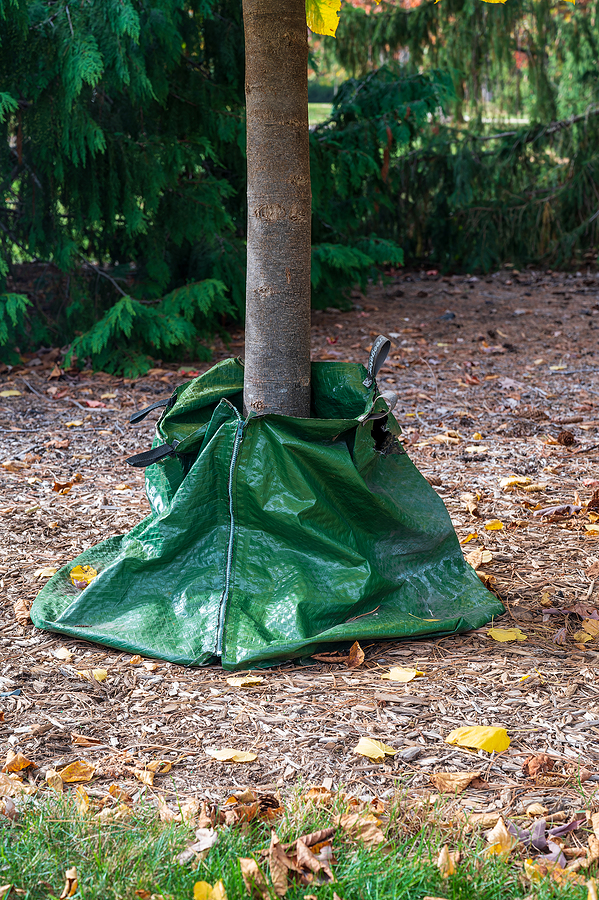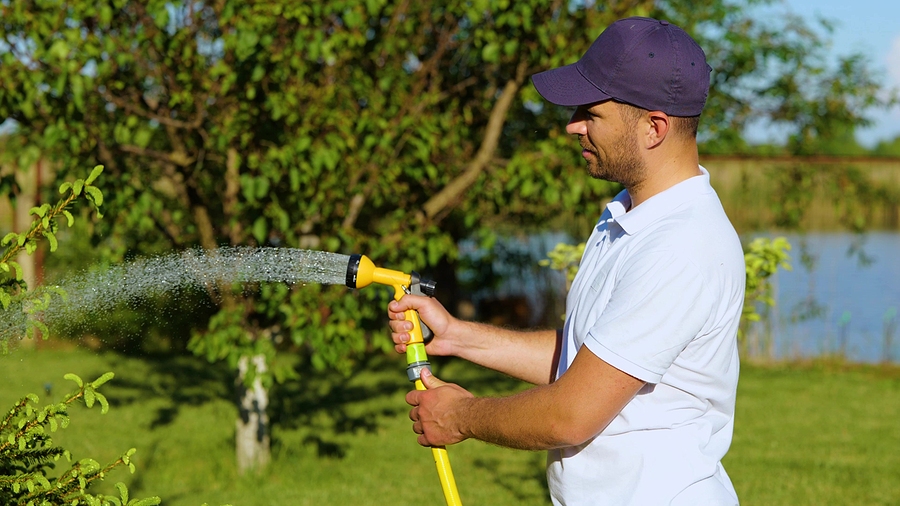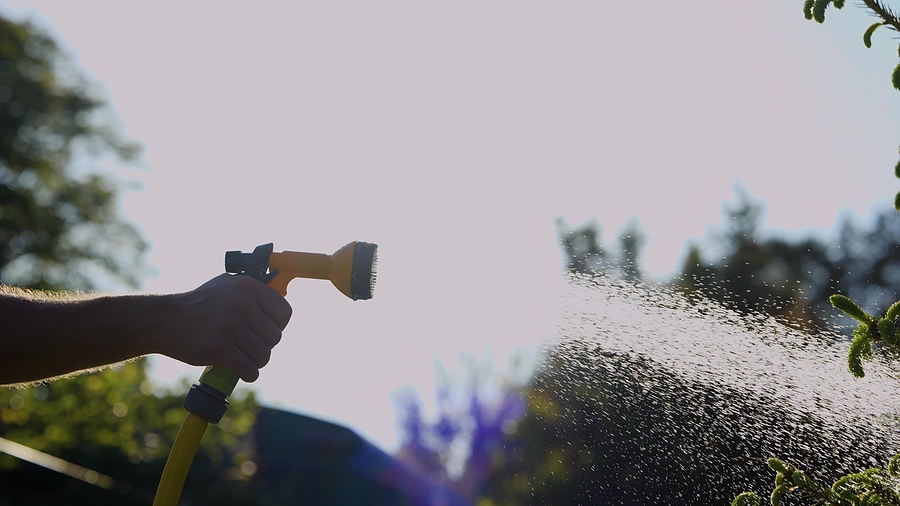Trees are nature’s stalwarts, standing firm in the face of wind, rain, and snow. However, even these sentinels can sometimes need a little extra support to maintain their health and longevity. That’s where the importance of tree cable installation comes into play.
Through the strategic use of cabling and bracing, and by applying tree stakes, we can provide the necessary support to help trees withstand harsh weather conditions, reduce the risk of falling limbs and ensure their healthy growth. Join us as we delve into the world of tree cable installation, exploring its significance and impact on tree health.
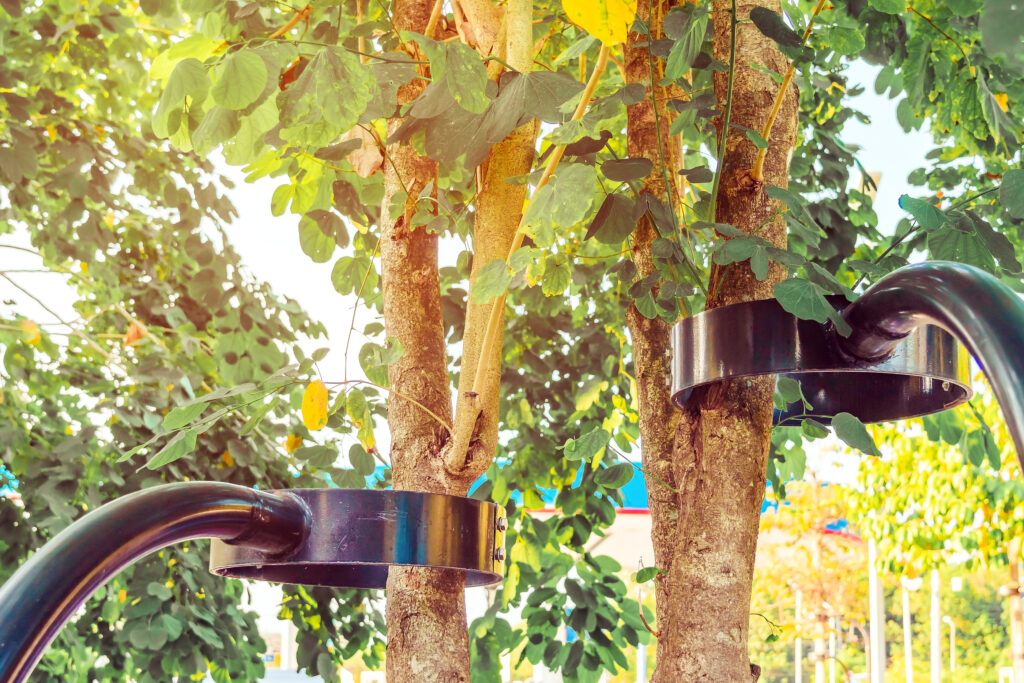
What is Tree Cable Installation?
Tree cable installation is the process of attaching cables to trees using specialized hardware, such as bolts and screws. This technique involves securing branches or weak stems together, creating a strong support structure for the tree. Additionally, tree stakes may also be used to provide extra stability and prevent potential damage caused by extreme weather events.
Why is it Important for Tree Health?
Trees are constantly exposed to various environmental factors, such as strong winds and heavy rainfall. These elements can put a strain on their structural integrity, causing branches to break or even the tree itself to topple over. By installing cables and stakes, we can help redistribute the weight of a tree’s canopy and provide reinforcement against strong forces. This not only reduces the risk of damage but also promotes healthy growth by allowing the tree to maintain its natural form.
The Benefits of Tree Cable Installation
Aside from promoting tree health and safety, tree cable installation offers a multitude of benefits for both the trees and their surrounding environment. Below are some key advantages:
Increased Longevity: By providing structural support, trees are less likely to sustain damage from harsh weather conditions, extending their lifespan and preserving their beauty for years to come.
Reduced Risk of Property Damage: Falling tree limbs can cause significant damage to property and even pose a threat to people. Tree cable installation helps prevent these accidents by strengthening weak branches and reducing the risk of breakage.
Encourages Healthy Growth: Properly installed cables and bracing can help guide the growth of trees, encouraging them to grow stronger and healthier. This is especially beneficial for young trees that are still developing their root system.
Preserves Natural Aesthetics: Unlike other methods, such as pruning or trimming, tree cable installation does not alter the natural shape and appearance of trees. This allows them to maintain their aesthetic appeal while still providing necessary support.
The Importance of Professional Tree Cable Installation
While it may seem simple, tree cable installation is a delicate process that should be handled by trained tree care professionals. Improper installation can do more harm than good, causing damage to the tree and potentially putting people and property at risk. Certified arborists and tree service teams have the necessary knowledge and expertise to determine which trees require cabling and bracing, as well as how to properly install them for optimal results. They also use specialized equipment to ensure the cables and hardware are securely attached without damaging the tree’s bark or tissue.
Conclusion
In conclusion, tree cable installation plays a significant role in promoting the health and longevity of trees. It not only provides structural support but also offers numerous benefits for both the tree and its surrounding environment. Remember, always consult with a professional arborist to determine if your trees could benefit from cabling and bracing and leave the installation process to the experts for optimal results. So, take care of your trees by investing in proper tree cable installation today!
Do you have young, vulnerable, weak, or leaning trees on your property that could use some stabilization through the next few seasons in Indiana? Contact Complete Tree Care at 317-783-2518 for licensed and insured tree cable and bracing in Indianapolis, Indiana. We serve residential and commercial clients with comprehensive tree care solutions.
Related Posts:
Should I Brace My Trees For Winter?
10 Tips to Help Trees Survive the Colder Weather
Should I Remove a Leaning Tree?

